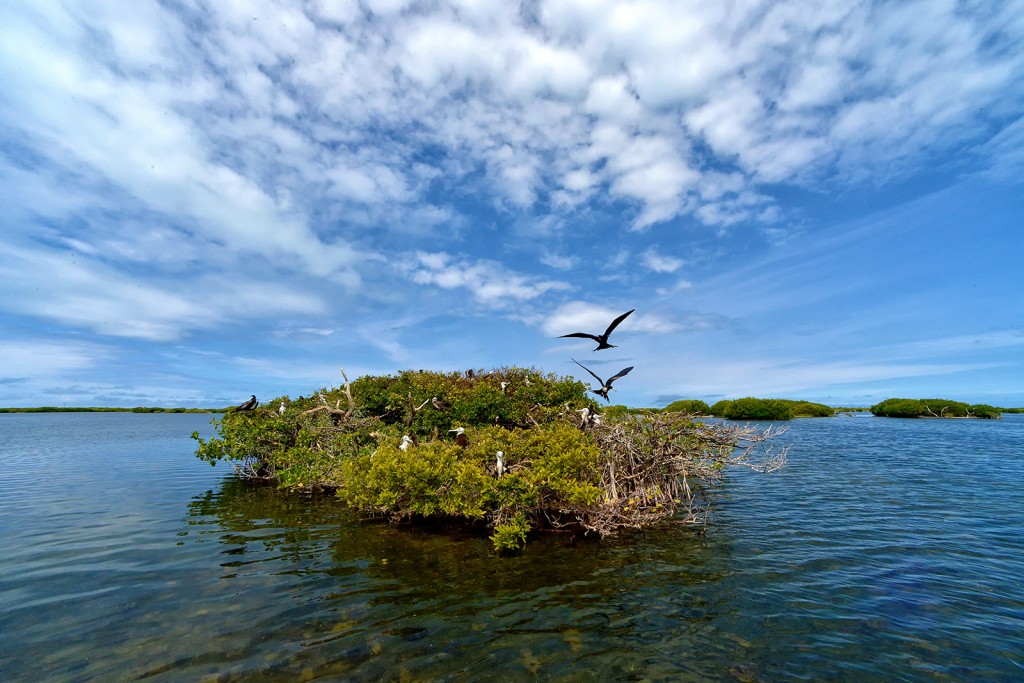
Bare Naked in Big Bend
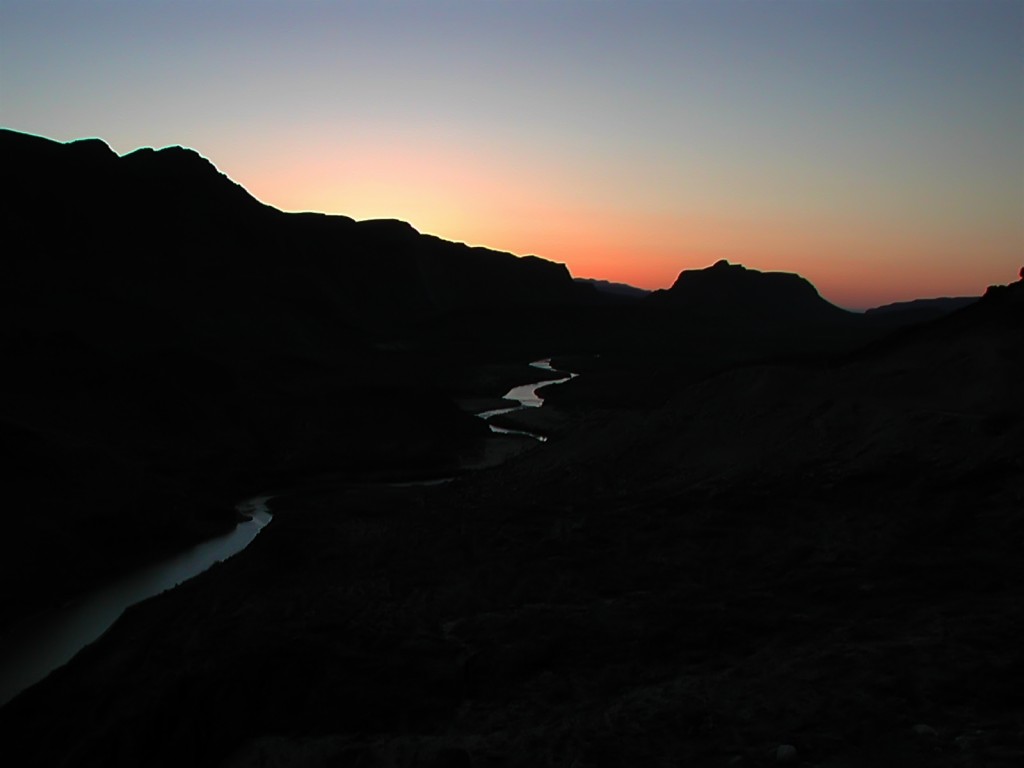
In 2011 I wrote an article for Birding magazine about bare-naked birding. The concept is simple.
That’s right; embrace “bare-naked” birding. Find a bird, gather as much information about its identity as possible without binoculars or field guides, hazard a guess as to its identity,then put glass to eye to confirm your guess. You will quickly become sensitized to the bird’s every aspect, by noting how it presents itself in life (not just the cartoonish field marks of field guides) and in the ways all aspects of a bird interrelate to form a living, breathing creature.
Ted Floyd, editor of Birding, has done yeoman’s work in promoting bare-naked birding, including completing the first bare-naked Big Day this spring in Colorado. Now the National Park Service has embraced this approach. Here is a link to the visitor’s guide for Big Bend National Park. Notice the section on page 8 about bare-naked birding and bird watching. The NPS had done a great job promoting the approach and explaining the concept, particularly for those who might be birding for the first time.
The lead story in the latest issue of the National Parks Conservation Association magazine describes birding Big Bend National Park by a first time birder. In the article the author embraces bare-naked birding, and explains how the approach helps with new birders. How nice to see a simple idea take hold!
Ted Lee Eubanks
15 July 2013
Summertime
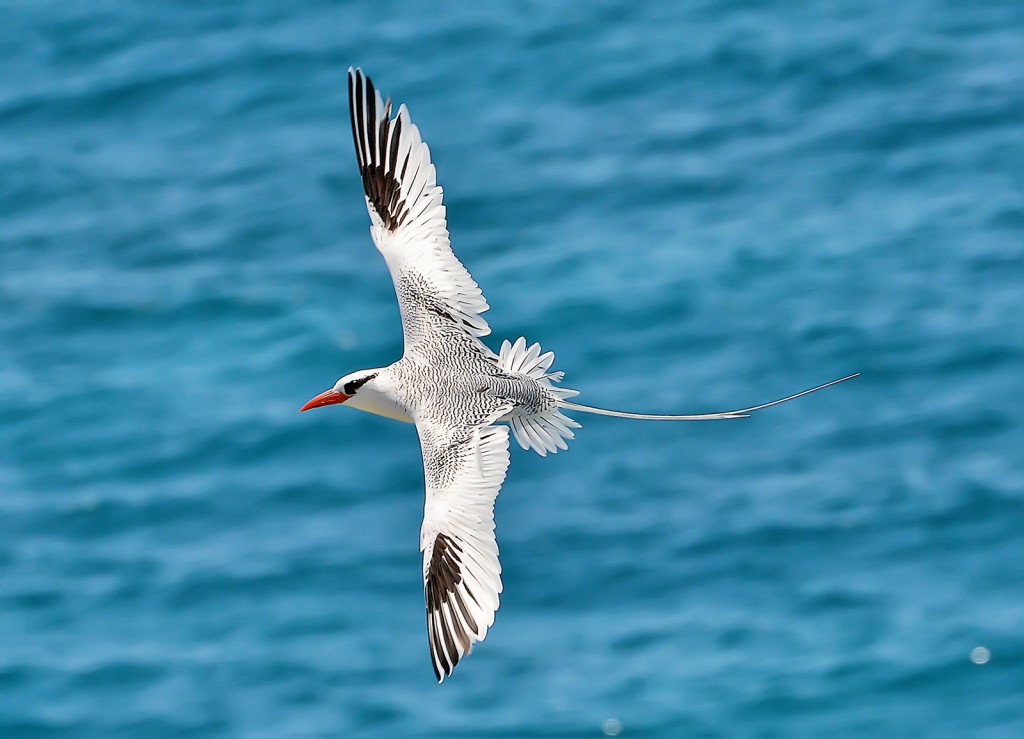
This summer I have visited Antigua & Barbuda on two occasions. The first visit (in spring, actually) consisted of a week of constant field work. I returned in late June to conduct a two-day workshop on avitourism in the region. With this workshop the project is complete.
Here are links to the various materials related to the project. We thank our client, the Environmental Awareness Group, as well as countless friends and supporters in the islands, for their help and aid in this important project.
Avitourism in Antigua & Barbuda (Final Report)
Antigua & Barbuda Photo Gallery (Images)
An article about our work in Antigua & Barbuda will be published on the Nature Travel Network blog soon, and we will post a link to the article as soon as it is live.
Ted
Paths to Cross
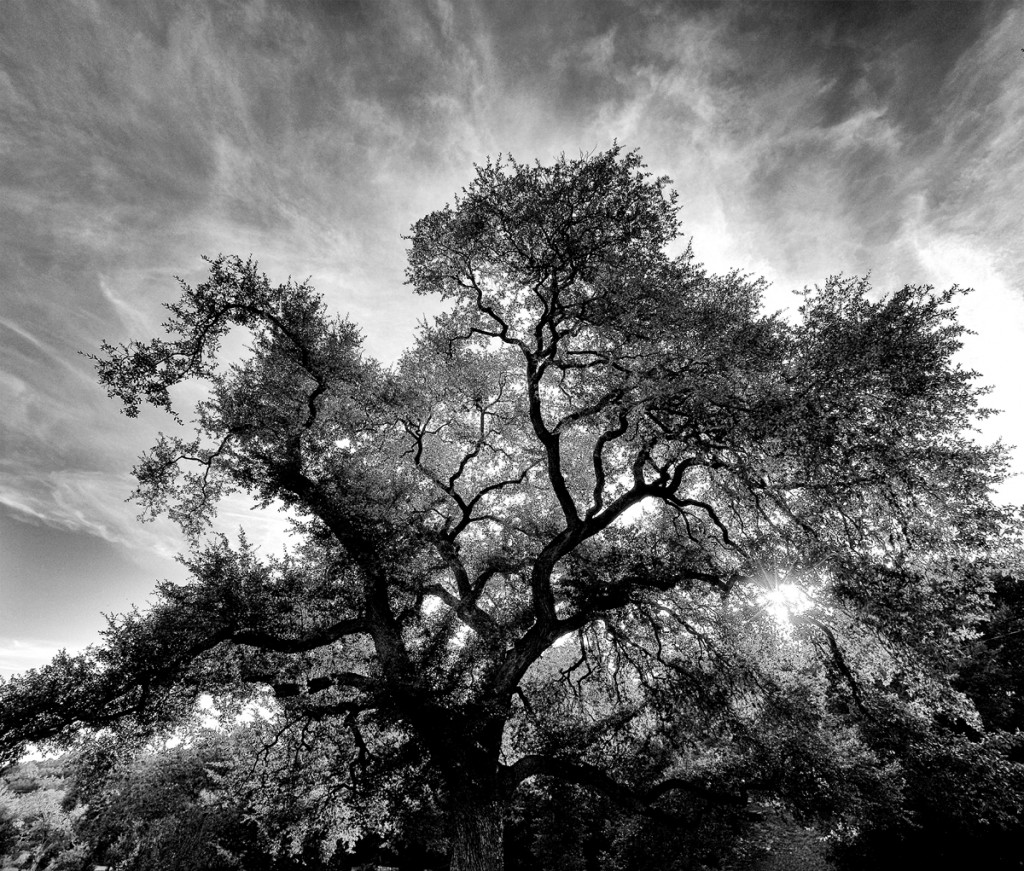
January is the month for writing. The time is perfect. The holidays are completed, clients lazily make their way back to the office, and I get to avoid the cold north. I try to stay on the road during the warm months, and when Christmas arrives I start the tedious process of collecting and collating all of my thoughts and work in the reports that are required. I have spent most of this month ensconced in my office, failing away at the keyboard while my two cats watched approvingly.
The reports are done. The drafts for the first phase of the Caribbean birding trail interpretive plan, the Nebraska Sandhills Journey interpretive plan, and the ecotourism strategy for Kansas are all in circulation. Today I finished the final presentations for my workshops at NCTC next week, and I am making travel plans to return to Kansas for work on the byways later in the month. Yes, there is pride that comes with accomplishment. I try not to linger long in self-satisfaction, though. To be perfectly honest, a month in the office leaves me stir crazy.
I thoroughly enjoy the field work, I confess. There is nowhere I would rather be than out rather than in. But I have learned to appreciate my writing time as well. I do like to see the finished product, that magical moment when text, design, images, and insight come together in something singular.
I also found time this month to continue working on efforts to conserve Shoal Creek in Austin (my home). I created a blog for that effort several months ago. A number of stakeholders have joined me in creating a new organization, the Shoal Creek Conservancy, and the blog has been retooled to fit the needs of the organization. I enjoy this volunteer effort, and my time along the creek has opened my eyes to the incredible resource that it represents.
Fermata is well into its second decade, and I marvel at what we have accomplished over those years. More importantly, though, I am anticipating the next project, the next challenge. There is never a moment for rest in this business. Contracts are finite, and the demands of life are eternal. Hopefully our paths will cross during this new year.
Ted Lee Eubanks
29 Jan 2013
Retrospective
Don’t look back. Something might be gaining on you…Satchel Paige
Looking back is a luxury that we can rarely afford. Fermata is a consultancy; we live from contract to contract. The good news is that we stay busy. The bad news is that we rarely get the opportunity to look back over our accomplishments.
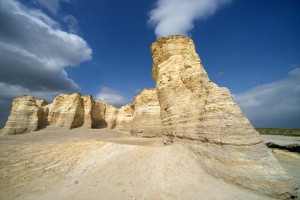
This is not our first project where we have worked directly with the governor. Several years ago we developed the Maine ecotourism strategy for then-Governor Baldacci. In Pennsylvania we worked with Governor Tom Ridge, then continued with Governor Ed Rendell. The results of that decade-long collaboration were the Pennsylvania Wilds and another 4 Conservation Landscape Initiatives (CLIs). We began the birding trail craze in Texas with Governor Ann Richards.
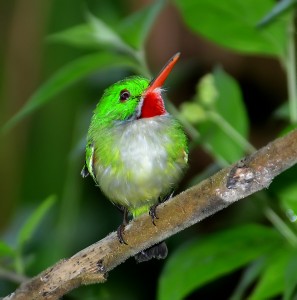
Our interpretive work for the Society for the Conservation and Study of Caribbean Birds (SCSCB) has extended across the Caribbean as well. Recently I completed an interpretive strategy for Key Biodiversity Areas (KBAs) in the Dominican Republic, Jamaica, and Grenada. Last week I worked in Jamaica with the Windsor Research Centre, conducting a workshop on sustainable recreation and tourism as a development alternative. We hope to continue our work on the Caribbean Bird Trail this next year, extending its reach throughout the Basin.
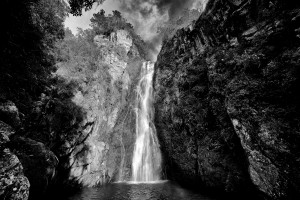
When I started Fermata in 1992 I thought that I would focus on birds and nature. Little did I know where the trail would lead. Now we work in cultural and historical landscapes as much as with nature. Our services now span the interpretive range from planning to products. Yet one trait ties all of these disparate parts together. We are still driven by curiosity, by a simple need to reveal “beautiful truths.”
Ted Lee Eubanks
Founder & President